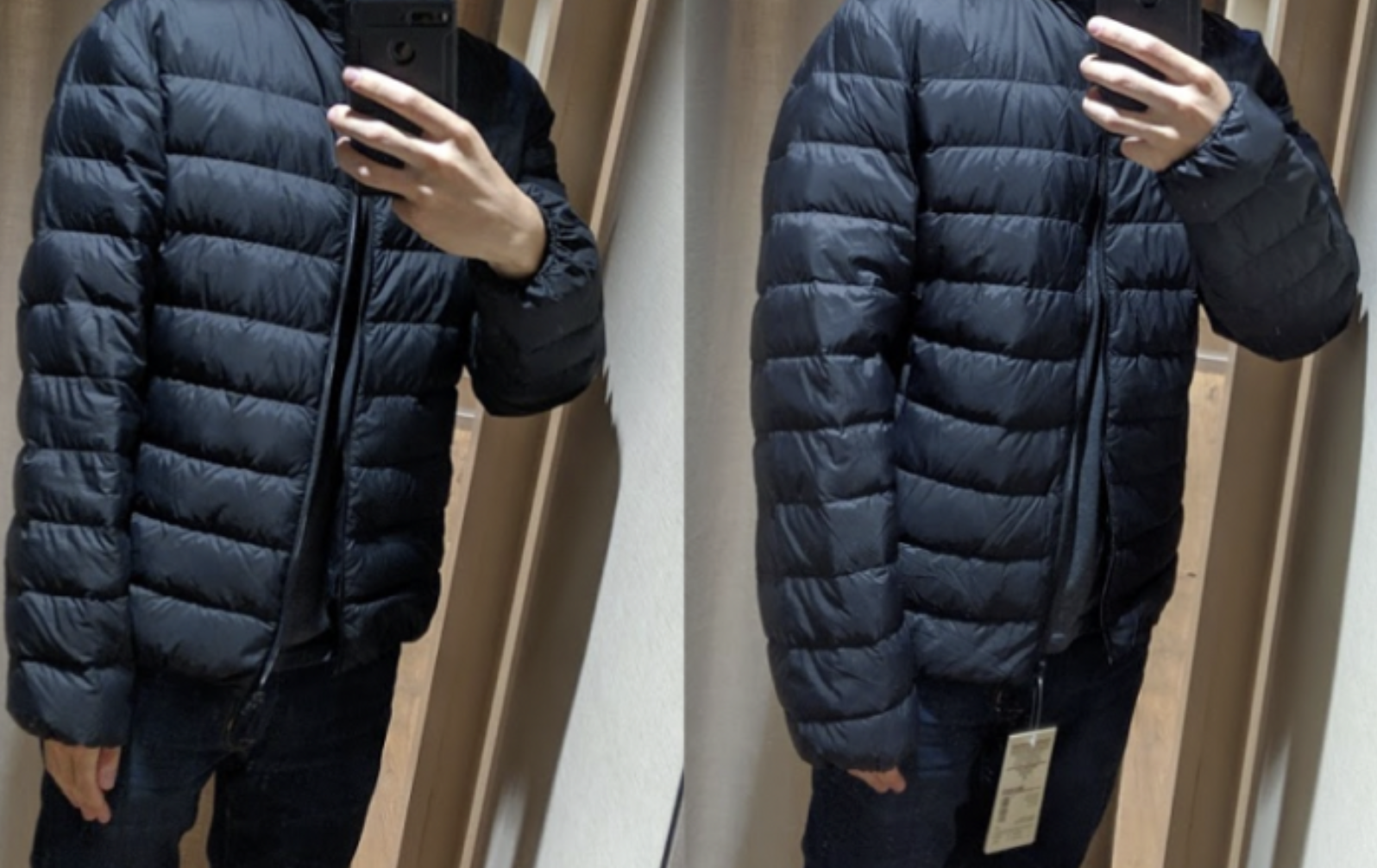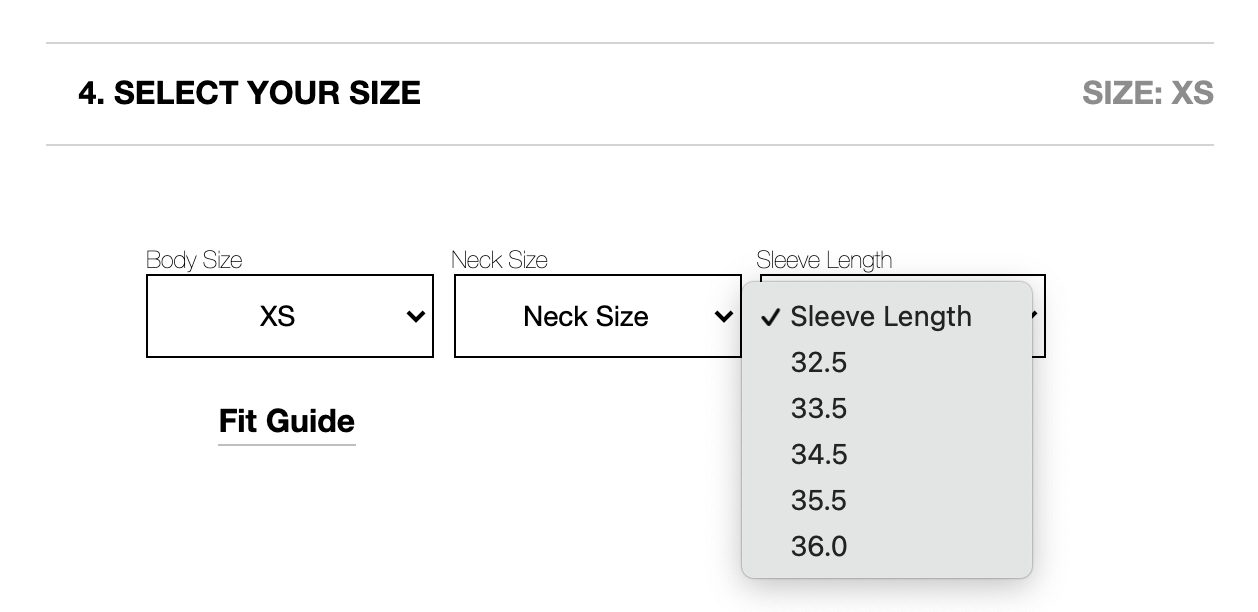Background
Dressing well can’t be overstated: it affects both others’ perception and self-confidence. Fit is the biggest component in that. Without fit, there is nothing. That’s why I went to China by myself in the winter of 2019 to make my wardrobe right. Now, I’m happier with how I dress, though I only wish I bought more.
The axis of evil is really only a few items: jackets and pants are impossible for me to find off the rack in the US because of their length. Pants can usually be hemmed, but jackets are still too long. Two possible reasons why:
- East Asians have a longer torso but shorter limbs, so clothes may fit worse even at the same height it was designed for (anecdotal personal experience)
Therefore, commerically sold clothing in East Asia seems to have a few distinctions:
- All sizes shifted up by one (US/EU Small -> Asia Medium)
- Length of sleeves and clothing decreased
- Shorter sleeves available under tailoring options (Uniqlo dress shirt can be 3” shorter)
- Clothes less puffy and proportionally shrunk a bit
The image below compares an MUJI PRC jacket to a US sized one. Note the length of the sleeve.

This chart shows UNIQLO’s tailored dress shirt options: note how even XS only goes down to 32’’ in the States while the lowest on the chart is 29.5’’ (75cm) for the same chest width. If you look at the shortest/longest sizes for each place, the difference is approximately three inches for both bounds.


If you’re interested in specifics, this blog has done a great technical comparison (women’s sizing, but the same concept applies for men):
Side remark: Westerners often complain about not being able to find clothes in East Asia that fit, but there isn’t a trend of Western immigration to East Asia for that to be a significant cultural problem because they’re usually moving there, not growing up there. And people in East Asian countries are getting taller/bigger overall due to nutrition, so maybe the gap will close in the coming decades.
People outside standard ranges will always find it difficult to get what they like. The question is, what they are going to do about it? That’s what is truly admirable—being able to succeed despite adversity. I have much more respect for someone 1.5+ standard deviations from the norm who’s able to make things still work.
Solutions:
- Clothing from specialty stores: Nimble Made (
AAPIowned) and Peter Manning NYC.- Cons: tends to be expensive
- Tailoring.
- Cons: might not get it right, takes time + money, proportions not right
- Tailor your own clothes.
- Cons: harder than you think for some items. (dress shirt sleeve shortening has 3 removal steps)
- Give up on ever having fitting clothing and embrace the baggy lifestyle.
- Cons: doesn’t work if you’re in a professional environment
- Go to East Asia to buy clothes.
- Cons: difficult to do if you don’t live there
Update: 2024
As a person from the future, I thought I’d stop by and update my thoughts on this.
- Stopped using overly regional terms (what is “Asian”? In the UK it means Indian. East Asia/South Asia/Southeast Asia/Central Asia/Middle East/Siberia preferred)
- The reason you see these differences is because of different national clothing standards with names such as GB/T 1335-2008.
- Most companies operate under a national legal framework of standards, codes, and so on that they fit into based on different regions. In a way, there’s a top-down structure at the state level through infrastructure codes, clothing standards, food guidelines, language, and so on. What makes someone more interesting is variance from these standards and defaults and how much exploration they’ve done themselves.